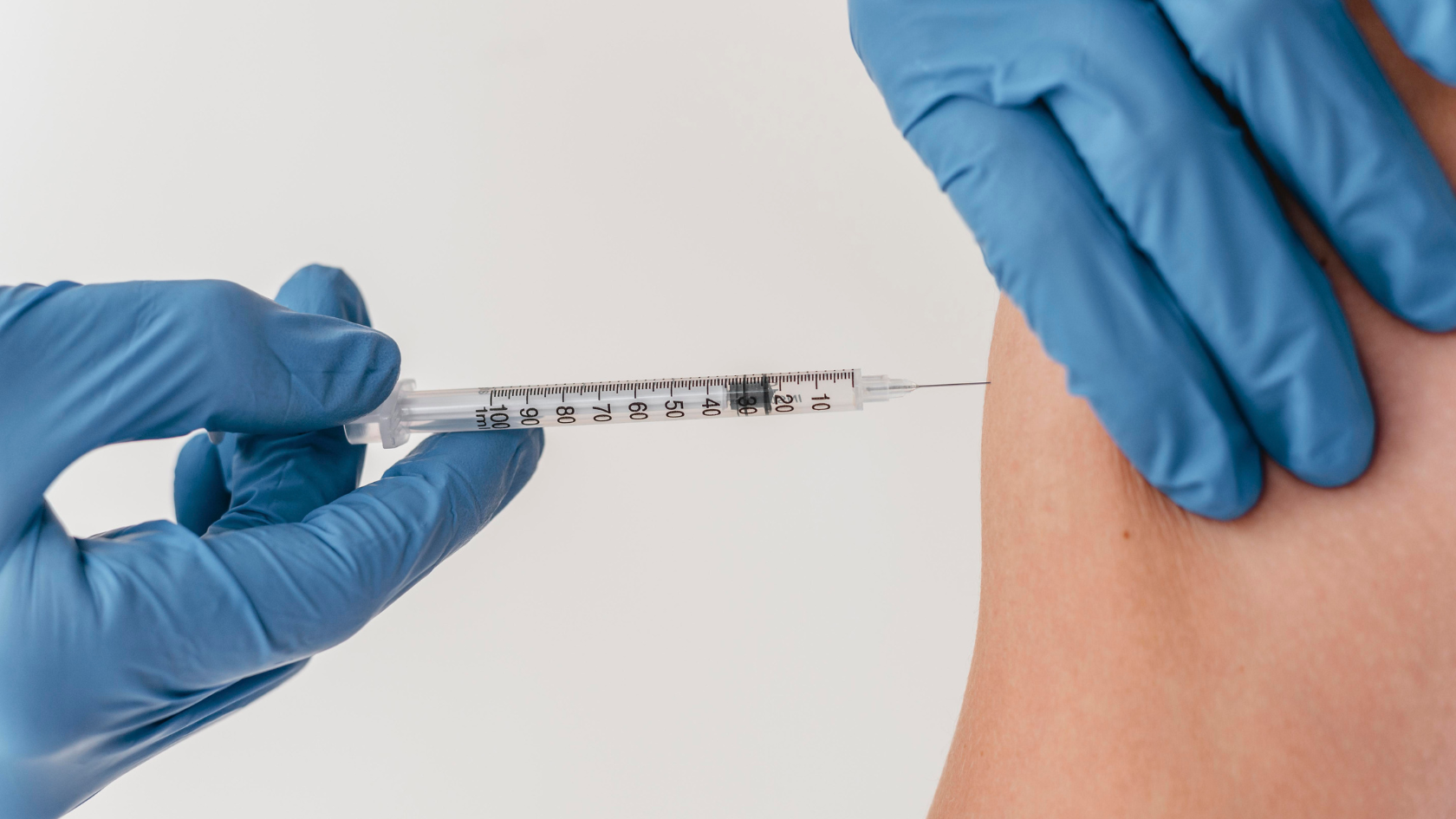Feeling a bit worn out, foggy, or just lacking motivation? That could be your body signaling that it’s not producing enough testosterone. With pellet implantation, a tiny, rice-sized cylinder filled with bioidentical hormone is placed just under your skin, allowing the medicine to gradually seep out. The best part? You can say goodbye to daily pills and those pesky shots.
It might sound a bit technical and complex, but the whole process is actually pretty quick. Your healthcare provider will numb a small area, usually on your upper buttock, make a tiny incision, and then use a special tool to insert the pellet before covering it with a bandage. Once it’s in, the pellet will dissolve over the next three to six months, steadily releasing testosterone into your system.
Key Takeaways
- Pellet implantation places a bioidentical testosterone pellet under the skin, dissolving over three to six months, delivering steady hormone levels without daily pills or injections.
- The in-office TRT procedure is simple: numbing, a three-millimeter incision, pellet insertion with a thin tube, then a steri-strip and bandage in about fifteen minutes.
- Most men receive two to six Testopel pellets every three to six months; normal activity returns fast, but skip heavy glute workouts for one week.
- Benefits include steady testosterone levels and hands-free dosing; downsides include soreness, acne, extrusion, and higher red blood cells, so labs and PSA checks remain essential.
- Candidates usually show low morning testosterone on two tests with symptoms, have no active cancer, and commit to follow-up labs; costs average $600–$1,200, insurance varies.
Table of Contents
What Pellet Implantation Means
Pellet implantation is a type of testosterone replacement therapy (TRT). Instead of gels, patches, or injections, the hormone comes in compressed pellets (75 mg each for FDA-approved Testopel) that sit in the fatty layer under your skin.
How the pellet works
- The pellet dissolves on its own, giving your bloodstream a slow, even trickle of testosterone. This keeps levels steady and avoids the highs and lows that can happen with other methods.
- For most men the dose is 150-450 mg (two-to-six pellets) every three to six months. Women often need lower doses.
- You can swim, shower, and exercise after the initial bandage comes off—just avoid heavy glute workouts for about a week so the tiny cut can seal.
Step-by-step procedure
- Local anesthetic so you feel no pain.
- Small incision (about 3 mm).
- Pellets inserted with a trocar (thin metal tube).
- Steri-strip or a stitch to close.
- Bandage applied; entire visit takes about 15 minutes.
Why “bioidentical” matters
Release timeline
Men usually feel a boost in energy and mood within the first few weeks, peak around six weeks, then a gradual decline by month four to six, your signal it’s time for a refill.
Benefits, Risks, and Current Safety Updates
Biggest perks
- Steady levels: No daily dosing means fewer swings in mood or libido.
- Hands-free: Set-and-forget dosing helps people who travel or dislike needles.
- Better compliance: In long-term clinics, nine out of ten patients stay on pellet therapy because of convenience.
Possible downsides
- Insertion-site issues like bruising, soreness, or in rare cases the pellet pushing back out (extrusion).
- Skin changes—acne or oily skin—while your body adjusts.
- Slight rise in red-blood-cell count (polycythemia), so doctors track your hematocrit each visit.
Cardiovascular talk
Past FDA warnings linked TRT to heart risks, but the 5-year TRAVERSE trial found no extra heart attacks or strokes in men on testosterone. In February 2025 the FDA removed the boxed cardiovascular warning yet added a note about possible blood-pressure rises, so monitoring is still key.
Who qualifies?
Doctors follow guidelines that call for:
- Two early-morning testosterone tests below 300 ng/dL plus symptoms like fatigue or low libido.
- No active prostate or breast cancer.
- Trial of topical or injectable TRT first, unless pellets are medically indicated.
Check-ups you need
- Baseline labs: testosterone, LH, FSH, PSA, blood count.
- Repeat labs at 3 months, then every 6 months.
- Dose tweaks if levels rise above 800 ng/dL or if side effects appear.
Special notes for women
Low-dose testosterone pellets can aid low energy or libido after menopause, but women with hormone-sensitive cancers should avoid them. Always talk with a specialist familiar with female TRT.
Real-world costs
Pellets plus placement average $600–$1,200 per round in the U.S. Insurance may require you to try cheaper gel or shot options first.
Ready To Try Pellet Implantation?
Frequently Asked Questions
Most people feel only brief pressure because the area is numbed first. Mild soreness fades in a day or two.
About 3-5 months for women and 4-6 months for men, depending on metabolism and activity level.
Yes, gentle activity is fine, but skip heavy leg or glute workouts for a week to protect the incision.
No. External testosterone can lower sperm production, so pellets aren’t used when fathering a child is the goal.
Current evidence shows properly dosed TRT does not raise short-term prostate cancer risk, but PSA should be tracked.
Contact your provider. They’ll check the site and decide if a replacement pellet is needed.
In select low doses, yes. Benefits include improved energy and libido, but women need cancer screening first.
Healthy sleep, strength training, weight control, and limiting alcohol can nudge levels up but may not fix true hypogonadism.
Coverage varies. Many plans prefer you try gels or injections first; some cover pellets after prior authorization.
Look for a board-certified endocrinologist or urologist who follows FDA labeling and checks labs at each refill.


